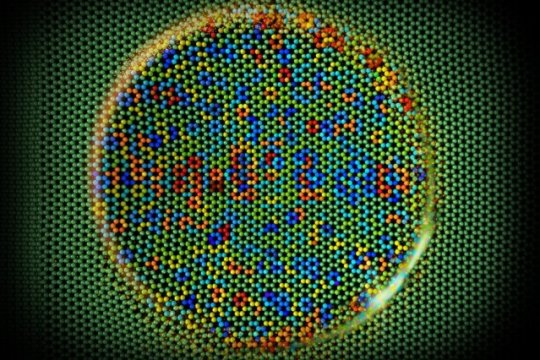Now, utilizing robust computer simulations, scientists at MIT and other areas have made drastic strides in comprehending that procedure, comprising the variation in friction as the object sliding on it moves forward, rather than remaining constant as what is experienced with most other materials.
Graphite, a bulk substance comprising numerous layers is a renowned solid – lubricant. Current studies suggest that even a single or couple of layers of graphene can also offer efficient lubrication. It might be used in small – scale electronic and thermal contacts and other nano-scale devices. In such situations, a comprehension of the friction between two elements of graphene or between another substance and graphene is vital for maintaining a sound electrical, mechanical and thermal connection.

Scientists had previously identified that while one graphene layer on a surface reduces friction, with more layers, it would be even better. But, the reason for this is not well understood, says Li. “There is such a wide notion in tribology that friction rests on the true contact area,” says Li. It is the area where substances are truly in contact to the atomic level. The real contact area is often smaller than it would otherwise appear. Identifying the true contact is essential for understanding not just the degree of friction between pieces, but also for other characteristics, like heat transfer or electrical conduction.
“In other terms, it is not just the substance itself that identifies how it slides, but also the condition of theboundary, comprising whether it is loose and disturbed or stretched or flat, he says. Such principles not just apply to the graphene substance but also to other two – dimensional substances, like boron nitride, molybdenum disulfide or another singular – atom substances.
Conclusion
“Scientists have studied the special frictional behavior of graphene for numerous years, but the intricate mechanisms underlying such observations are still not completely understood,” says Ashlie Martini, an associate lecturer of engineering at the California University at Merced. “Such work tackles the limitations on and delivers novel insights into the origins of friction on graphene that can be applied to two – dimensional substances in general.”
Filed Under: News


Questions related to this article?
👉Ask and discuss on Electro-Tech-Online.com and EDAboard.com forums.
Tell Us What You Think!!
You must be logged in to post a comment.